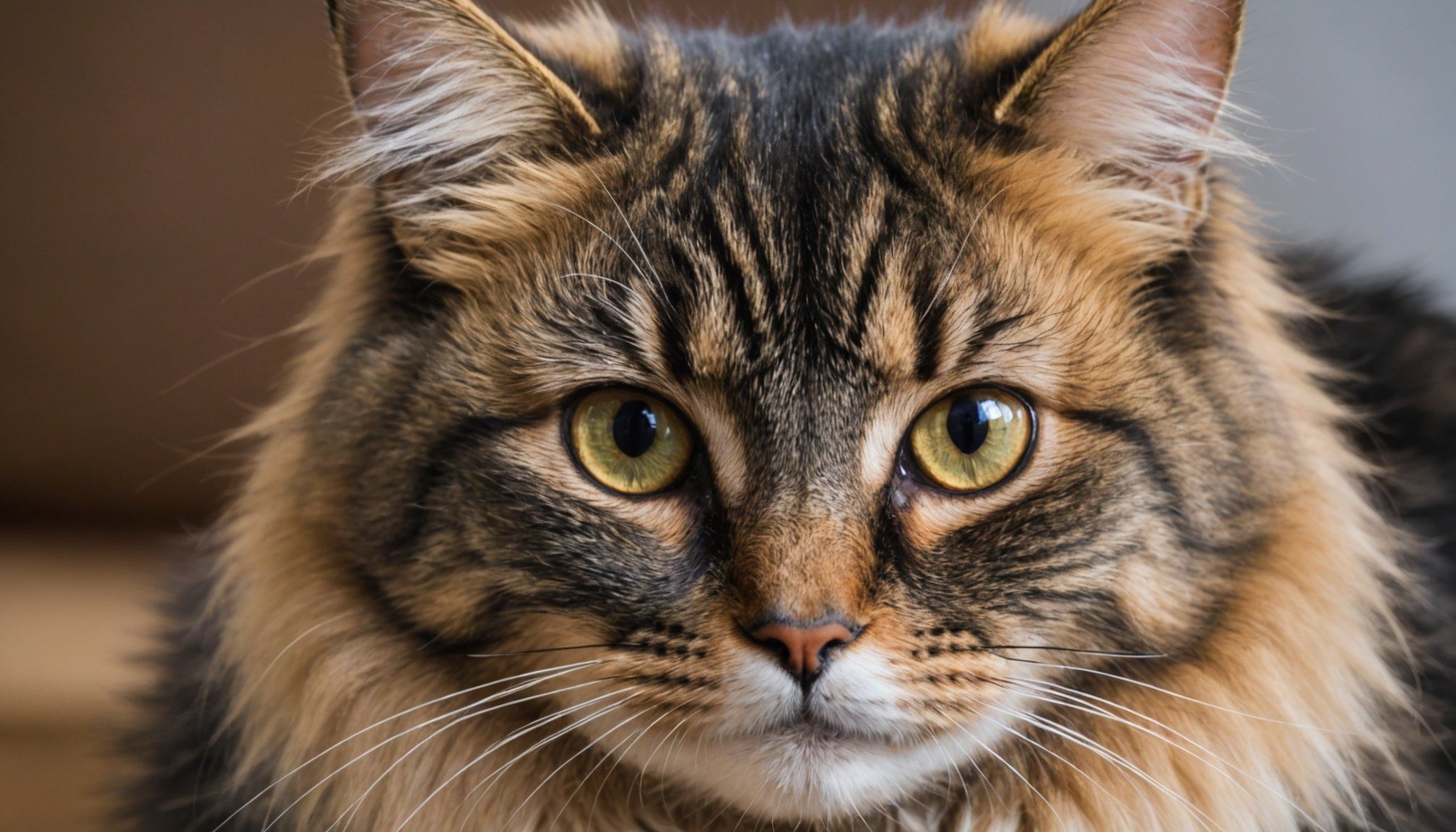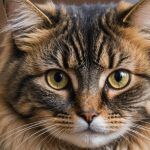Understanding Fur Matting in Long-Haired Cats
Fur matting occurs when a cat’s fur gets tangled and knotted, forming clumps that are difficult to manage. Long-haired cats are particularly prone to matting due to several factors. The most common causes of fur matting include a lack of regular grooming, shedding, and movement that naturally tangles fur. In addition, environments that contain high amounts of dust, dirt, or moisture can exacerbate matting by causing fur to clump together.
Fur matting can have significant effects on cat health. If left untreated, mats can become tight and pull on the skin, causing discomfort and even pain. Severe matting can lead to skin infections and sores under the knots, as airflow to the skin is restricted. Mats can also trap moisture and dirt, leading to a build-up of bacteria, which could result in further health complications.
This might interest you : Must-Know First Aid Secrets for Pet Owners: Essential Tips to Keep Your Pets Safe!
Regular long-haired cat grooming can help prevent matting by maintaining the fur’s condition and minimizing knot formation. Grooming practices should be gentle to avoid creating new tangles while ensuring existing mats are addressed early before they worsen. A consistent grooming routine not only helps maintain fur health but also contributes significantly to overall cat well-being.
Best Grooming Practices to Prevent Fur Matting
Long-haired cats’ grooming requires frequent and diligent care to prevent fur matting. Regular grooming sessions should be scheduled at least once a week, although daily grooming is preferable for those with particularly prone coats. This routine helps to catch any tangles early and prevents them from developing into stubborn mats. Using appropriate grooming techniques, such as starting at the tips and working towards the roots, can significantly reduce matting risk. Brushing against the growth direction can help detangle and smooth out the fur effectively.
In parallel : Customized Fitness Routines for Pomeranians with Luxating Patella: Ensuring Peak Health and Enhanced Mobility
Selecting the right grooming tools is equally crucial. Wide-toothed combs are excellent for penetrating dense fur without causing discomfort. For finer finishing, a slicker brush can help to smooth and maintain the coat’s shine. Additionally, a dematting tool is useful for safely breaking up any mats that have already begun to form without pulling hard on the cat’s skin.
Understanding cat behaviour and response is essential. Cats appreciate a calm environment, so ensure the grooming area is quiet and comfortable. This setting encourages a relaxed grooming session, making it less stressful for both the cat and the owner, promoting a positive association with the activity.
Techniques for Tackling Existing Matting
Dealing with matting effectively requires patience and the right detangling methods. When addressing matted fur, it’s essential to use gentle techniques to avoid distressing your cat. Start by teasing apart mats carefully with your fingers, ensuring not to pull harshly on the skin. For small mats, a fine-toothed comb can help to loosen the tangles gradually. Always work from the outside of the mat inward, gently easing apart any knots.
For larger mats, applying a detangling spray can soften the fur, making the process smoother. Begin with a dematting tool, moving methodically through the mat to break it up into smaller sections. This tool is especially useful for dense mats, as it can help separate the tangled hairs without causing unnecessary discomfort.
Ensure you reward your cat with treats and soothing words, maintaining a positive grooming experience. Being gentle and patient not only prevents injury but also builds trust, making future grooming sessions easier. Always prioritize your cat’s comfort and health by choosing methods that are effective yet considerate. Regular grooming and vigilance in early mat detection can lessen the need for intensive untangling sessions.
Time-Saving Strategies for Cat Grooming
Efficient grooming can greatly simplify cat care, especially for long-haired breeds prone to matting. Developing a routine is crucial. Establish a consistent schedule incorporating short, frequent sessions to prevent mats from forming unnoticed. Quick daily grooming checks can effectively keep tangles at bay without consuming much time.
Time-saving tips are invaluable for busy owners. Prioritize essential tools that expedite the grooming process. Invest in, for instance, an efficient dematting comb or a clipper designed to swiftly address stubborn mats. These tools are practical for maintaining coat health while minimizing time spent on grooming. Convenience doesn’t mean cutting corners—using high-quality equipment ensures both speed and effectiveness.
Simplifying cat care requires a strategic approach. Consider grooming while your cat is relaxed or playing to integrate grooming naturally into your routine. This strategy can make grooming sessions less daunting and more enjoyable for both you and your feline friend. Additionally, some cats respond better to grooming when it’s done in parts—small areas can be tackled in quick sessions over a few days. This method helps maintain a positive grooming experience, further easing the adoption of these time-saving strategies into everyday care.
Maintaining Long-Haired Cat Health Beyond Grooming
Nurturing your cat’s overall health is integral to preventing issues like fur matting. Beyond regular grooming, the foundation of healthy fur lies in a balanced diet. Nutritional support plays a crucial role in ensuring your cat’s coat remains shiny and robust. High-quality pet foods rich in omega-3 and omega-6 fatty acids are beneficial, as they support skin and fur health.
In addition to diet, consistent health monitoring is essential. Regular vet check-ups can identify underlying health issues that might lead to matting, such as skin conditions or parasites. Being proactive about your cat’s health aids in maintaining a lush coat.
Beyond grooming and diet, other aspects of cat care are vital. Environments with controlled humidity help prevent the skin from becoming dry, further safeguarding against fur matting. Ensuring your cat stays hydrated is another simple yet effective preventative measure.
Implementing these strategies holistically enriches your cat’s life, promoting both internal and external well-being. By addressing these areas, you’re not only preventing matting but also encouraging a healthy, happy life for your feline companion.







